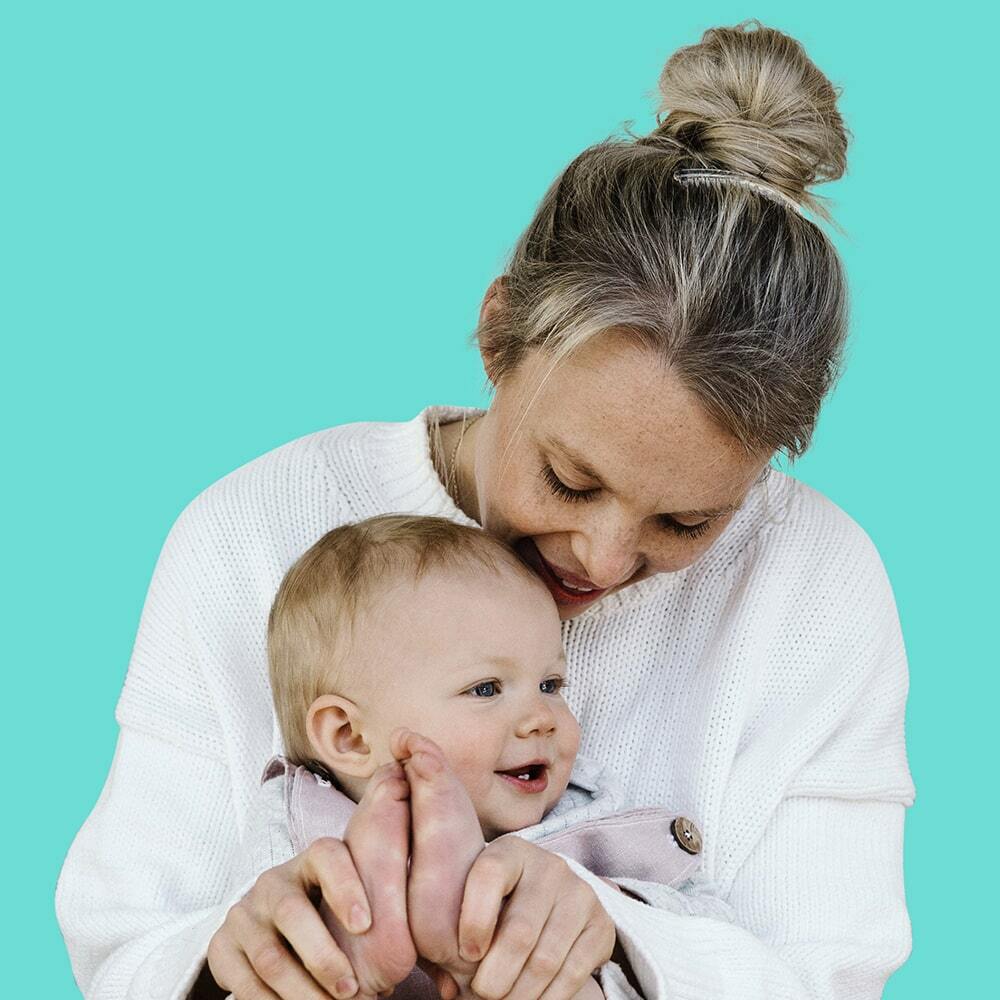Endometriosis: What is it and how can it impact fertility?
1 September 2023

1 September 2023

Despite an increase in public awareness of this condition, timely diagnosis of endometriosis remains elusive. It takes on average about nine years from first symptom to eventual diagnosis.
Some people have suffered silently from endometriosis for years before finally seeking medical help.
Unfortunately, many people are still lost without a satisfactory answer and are told by the medical profession to ‘suck it up’ or that their symptoms will spontaneously improve over time. Many people ‘doctor shop’ in desperation to find an answer before finally arriving at the correct diagnosis.
Truth be known, diagnosing endometriosis is never a straightforward process. There are no conclusive symptoms that point to its presence clinically. Usually, women suffer from a cluster of symptoms such as:
Some women may present with a seemingly unrelated problem such as infertility and may have abnormal changes on imaging tests such as pelvic ultrasound or MRI scans. However, in most cases, no discernible changes are visible on any imaging test.
The gold standard for diagnosis remains key-hole surgery (laparoscopy) where characteristic lesions appear in the pelvis (on the uterus, fallopian tubes, ovaries, rectum and surrounding pelvic sidewalls), or occasionally outside the pelvis such as on the bowel, under the diaphragm, on the omentum (fat apron in the abdomen) and in the groin areas. Lesions in the lungs and brain have also been rarely reported in the scientific literature.
The treating gynaecologist would often biopsy or excise these suspicious lesions for testing in the laboratory to obtain an accurate diagnosis. Diathermy (cauterisation) or excision of the lesions usually reduces the symptoms of the disease but may not necessarily alter disease progression long term. Deep infiltrating lesions may often need to be excised in their entirety in order to achieve effective symptomatic relief.
Whilst surgery is not always required in suspected cases of endometriosis, treatment would depend on the age of the patient at presentation, the desire for immediate fertility, the severity of the symptoms presented and the presence of significant clinical findings such as a vaginal nodule or significant imaging results such as a large chocolate ovarian cyst (endometrioma) or severe pelvic adhesions (resulting in difficulties in accessing either one or both ovaries during IVF treatment).
For suspected cases in teenagers or young adults with no abnormal concurrent findings, commencement of the oral contraceptive pill may be all that is required for symptom control. Patients for whom the pill provides no symptom relief may eventually require surgery. Women presenting with deep dyspareunia may require surgery early especially if correlated with positive clinical or investigative findings.
Infertility patients with clinical suspicion of endometriosis may not necessarily require surgery prior to IVF treatment except for reasons already outlined previously. IVF is often the treatment of choice for women of advancing age or with reduced ovarian reserve, or for those with a male partner with significant male infertility.
- Prof. Luk Rombauts

Wherever you are on your journey, one of our supportive nurse enquiry team can help you understand your options and take the next step. These conversations are free and informative.